
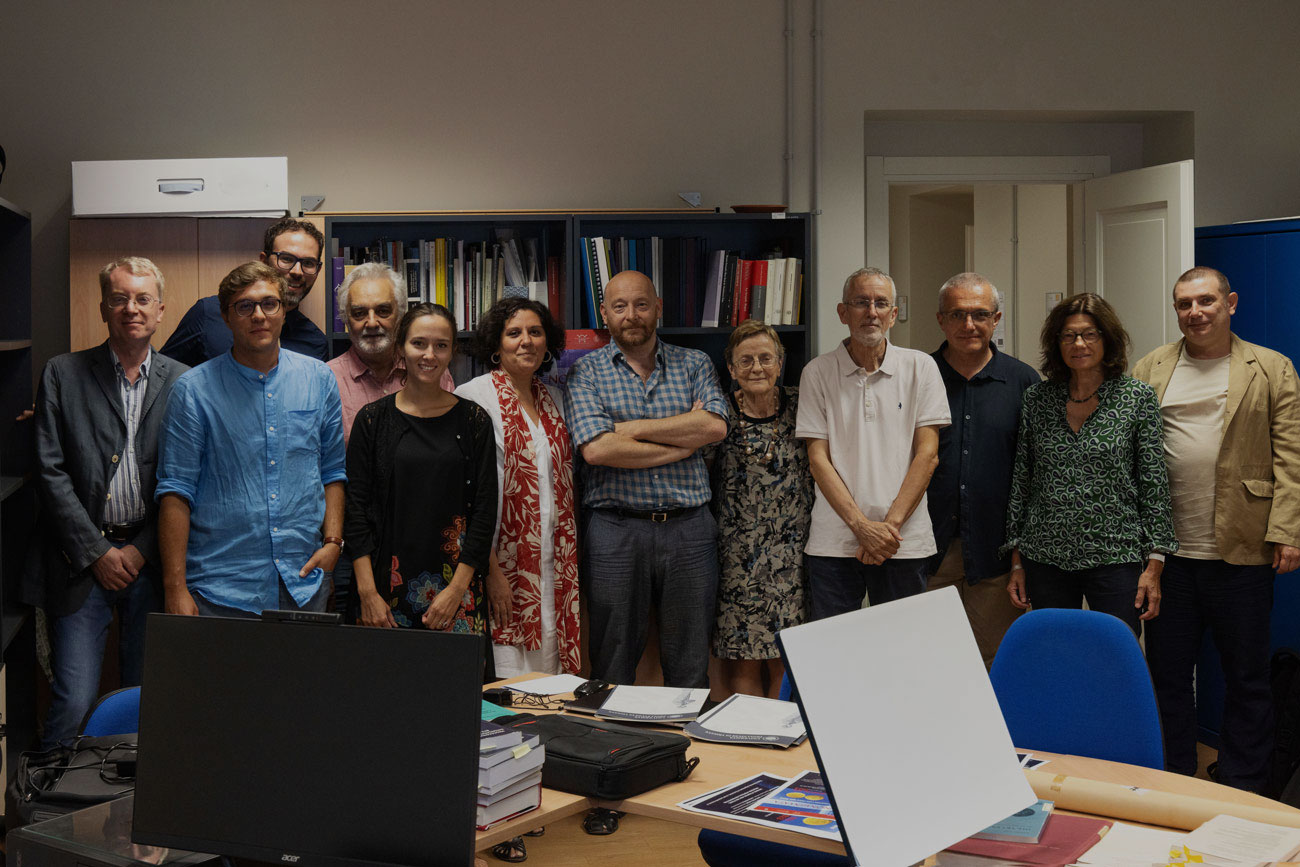
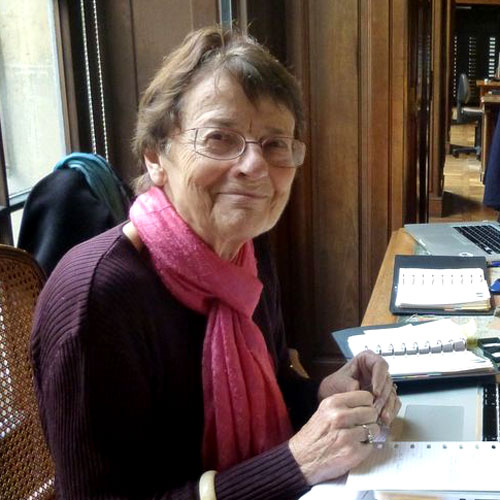
Cécile Morrisson is an emeritus research director at the CNRS in Paris and a permanent member of the Académie des Inscriptions et Belles-Lettres (Paris). She was the director of the Cabinet des Médailles (Bibliothèque Nationale, Paris, 1988–1990) and advisor for Byzantine numismatics at the Dumbarton Oaks Research Center and Collection (1998–2016). She uses numismatic evidence as a source for monetary and economic history, with a lifelong interest in the publication and interpretation of material from hoards and excavation coins.
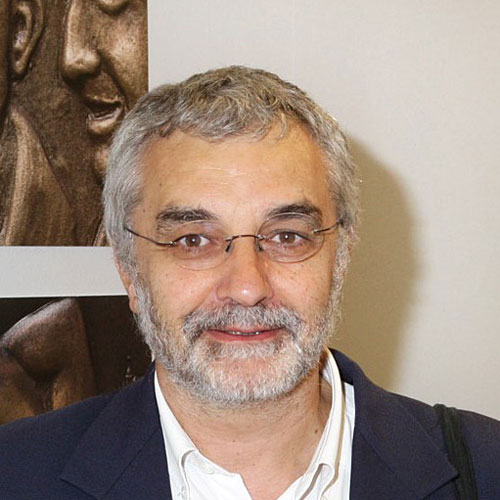
Bruno Callegher is a professor of Numismatics and Monetary History at the Department of Humanities at the University of Trieste. Formerly the curator of the Bottacin Museum in Padua, he is a consultant for the numismatic collection of the Studium Biblicum Franciscanum in Jerusalem and a collaborator of the Israel Antiquities Authority. His research focuses on the study of ancient Byzantine coinage in Italy and the Near East. He is also the director of the numismatic studies series published by the University of Trieste.
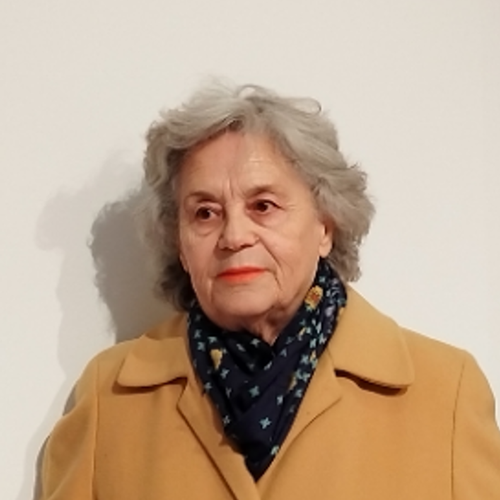
Gheorghia Alexopoulou studied at the Universities of Athens and Thessaly. From 1986 to 1995, she served as an archaeologist at the Ephorates of Achaia and Aetolia-Acarnania. From 1995 to 2019, she worked at the Ministry of Culture as an archaeologist specializing in prehistoric and classical antiquities, eventually becoming Deputy Director of the Ephorates for the Antiquities of Achaia. Her research has focused particularly on coins from archaeological excavations in northern Peloponnese.
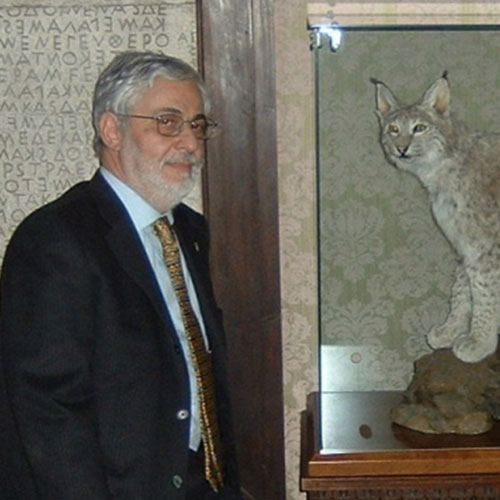
Ermanno A. Arslan has been conducting research and excavations in Lombardy and Magna Graecia since 1966. Formerly the director of the Archaeological and Art Collections of the Castello Sforzesco in Milan, he has studied Celtic, Greek, and Roman coinage, with a particular focus on the coinage of the Ostrogoths and Lombards. He was Vice President of the Commission Internationale de Numismatique until 1997 and is a member of the Scientific Council of the Italian Institute for the High Middle Ages in Spoleto and a fellow of the Accademia Nazionale dei Lincei.
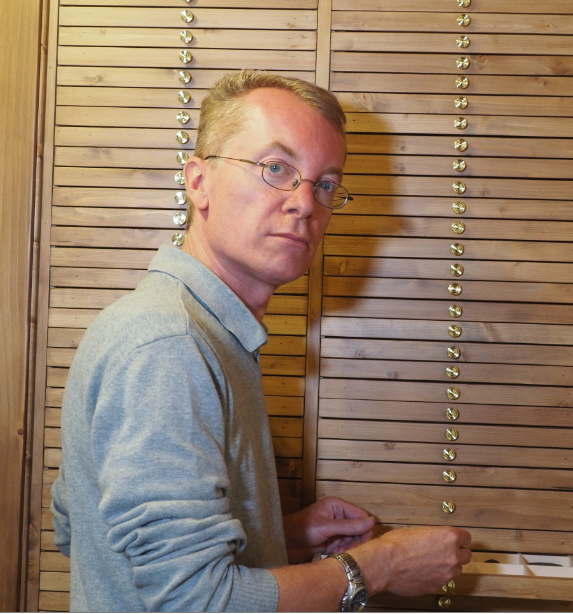
Andrea Gariboldi is a researcher in Numismatics at the University of Trieste. His main focus is classical and oriental numismatics, particularly the relationships between Byzantine and Sasanian coinage from an economic perspective. He has conducted extensive research on the history of coin collecting and the origins of numismatic interest in Byzantine coins in Ravenna. Currently, he is studying coin finds from ancient Ostia and archaeological sites in Romagna.
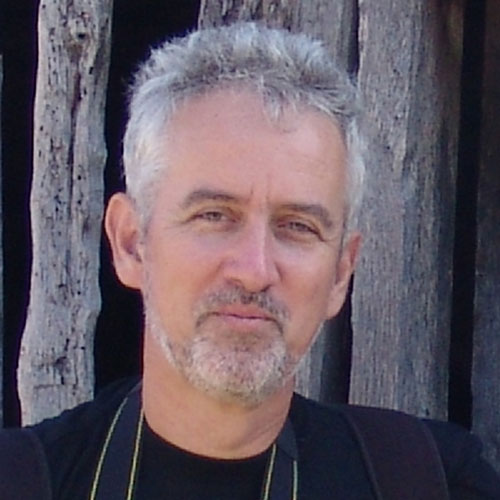
Vujadin Ivanišević is a former research director and head of the Medieval Department at the Institute of Archaeology in Belgrade. He is an associate member of the Serbian Academy of Sciences and Arts and a foreign corresponding member of the Académie des Inscriptions et Belles-Lettres. He specializes in the archaeology of the Migration Period and Late Antiquity, with a particular focus on the coinage of the Byzantine Empire, medieval Serbia, and the Balkans.


Stefan Krmnicek is a professor of Numismatics at the University of Tübingen. He studies Roman coins found at Walheim in an ancient context and is responsible for the Craveler project.
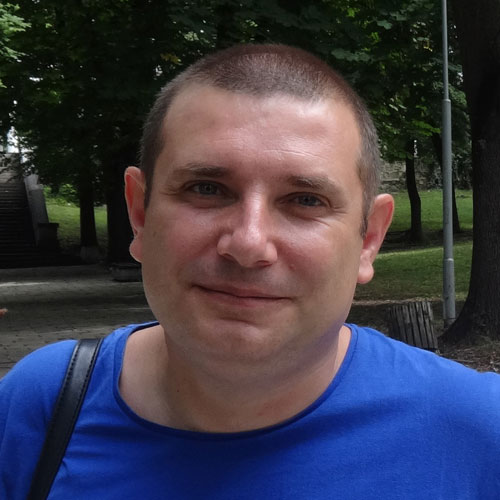
Stoyan Mihaylov holds a PhD in Bulgarian, Byzantine, and medieval numismatics. He has worked as an archaeologist and curator of the Numismatic Collection at the Regional History Museum in Veliko Tarnovo, Bulgaria. Since 2019, he has been an assistant professor in Medieval Archaeology at the National Institute of Archaeology with the Museum of the Bulgarian Academy of Sciences in Sofia. His main research interests lie in numismatics and Byzantine and medieval history.
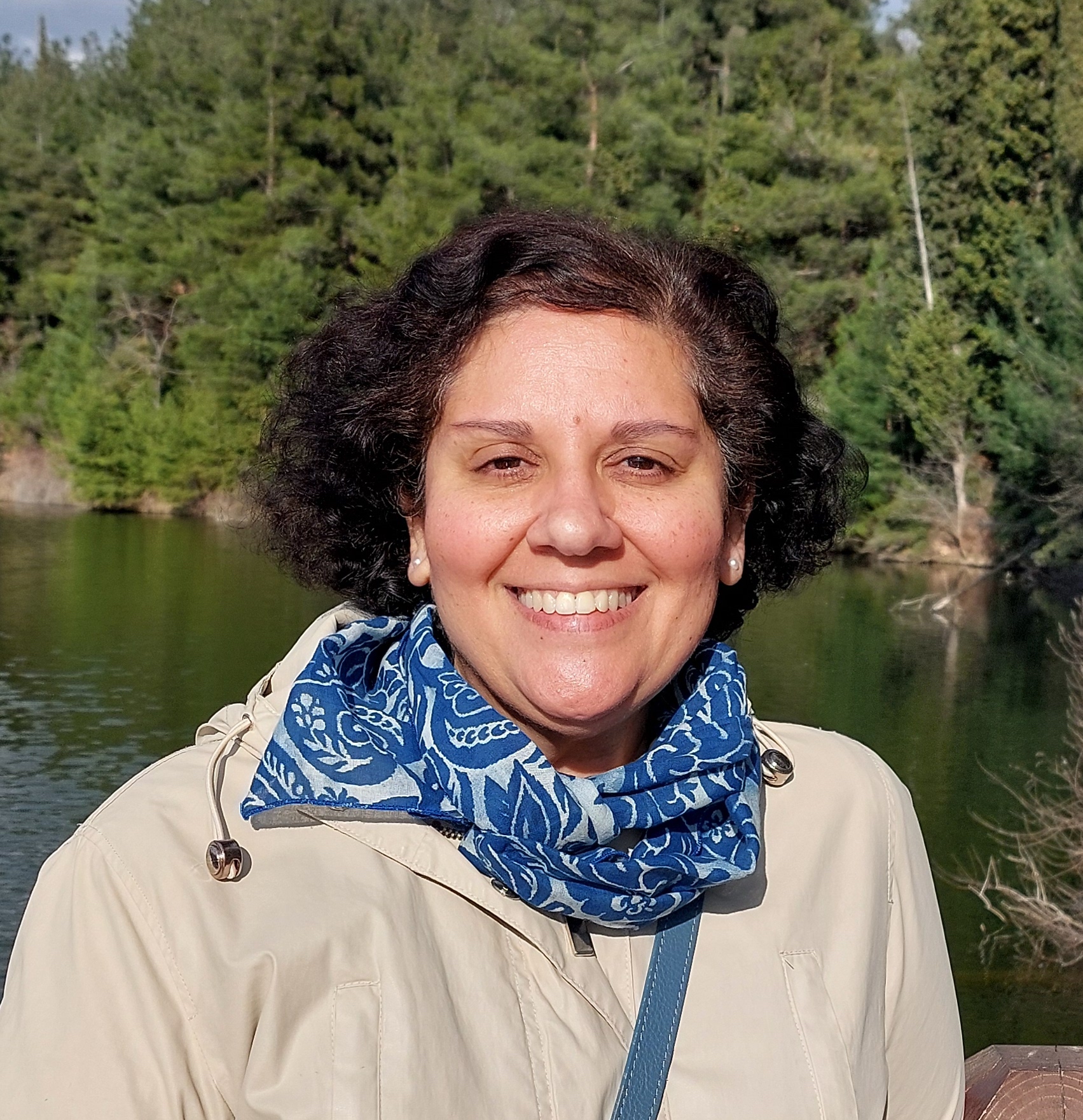
Pagona Papadopoulou is a professor of Byzantine Art and Archaeology at Aristotle University of Thessaloniki. She has received research fellowships from Dumbarton Oaks, Koç University, Princeton University, and the Getty Research Institute. She has studied numismatic and sigillographic material from excavations and museums in Albania, Cyprus, France, Greece, Serbia, Turkey, and Ukraine. Her research interests include the production and circulation of Byzantine coins and seals, coin iconography and ideology, and Crusader coinage.

Vivien Prigent is a research director at the CNRS (National Center for Scientific Research, Paris). Previously head of Classical and Medieval Studies at the Maison Française d’Oxford, he is currently the director of Medieval Studies at the École Française de Rome. A specialist in the western Byzantine provinces (Italy, Africa, and particularly Sicily), he mainly works with sigillographic and numismatic sources, focusing on the administrative, fiscal, and monetary history of the Byzantine Empire from the 7th to the 11th century.

Alessia Rovelli is a lecturer in Numismatics at the Department of Civilizations and Forms of Knowledge at the University of Pisa. Her research focuses on the monetary history of Late Antiquity and the Early Middle Ages and on the interpretation of numismatic finds. She has studied numismatic remains from important Italian archaeological sites such as Crypta Balbi (Rome), the Basilica Hilariana (Rome), and the Abbey of San Vincenzo al Volturno (Molise).
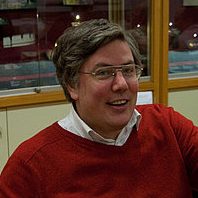
Nikolaus Schindel studied Ancient History and Numismatics at the University of Vienna. His thesis, *Imperator legitime declaratus. Überlegungen zum spätrömischen Kaisertum in der Historia Augusta* (1997), and his doctoral dissertation, *Untersuchungen zum sasanidischen Münzwesen von Shabuhr II. (309–379) bis zur 2. Regierung des Kawad I. (499–531)* (2000), led to his habilitation in 2009 at the University of Vienna. Since 2001, he has been a research associate at the Austrian Academy of Sciences and, since 2013, head of the Numismatics research group.
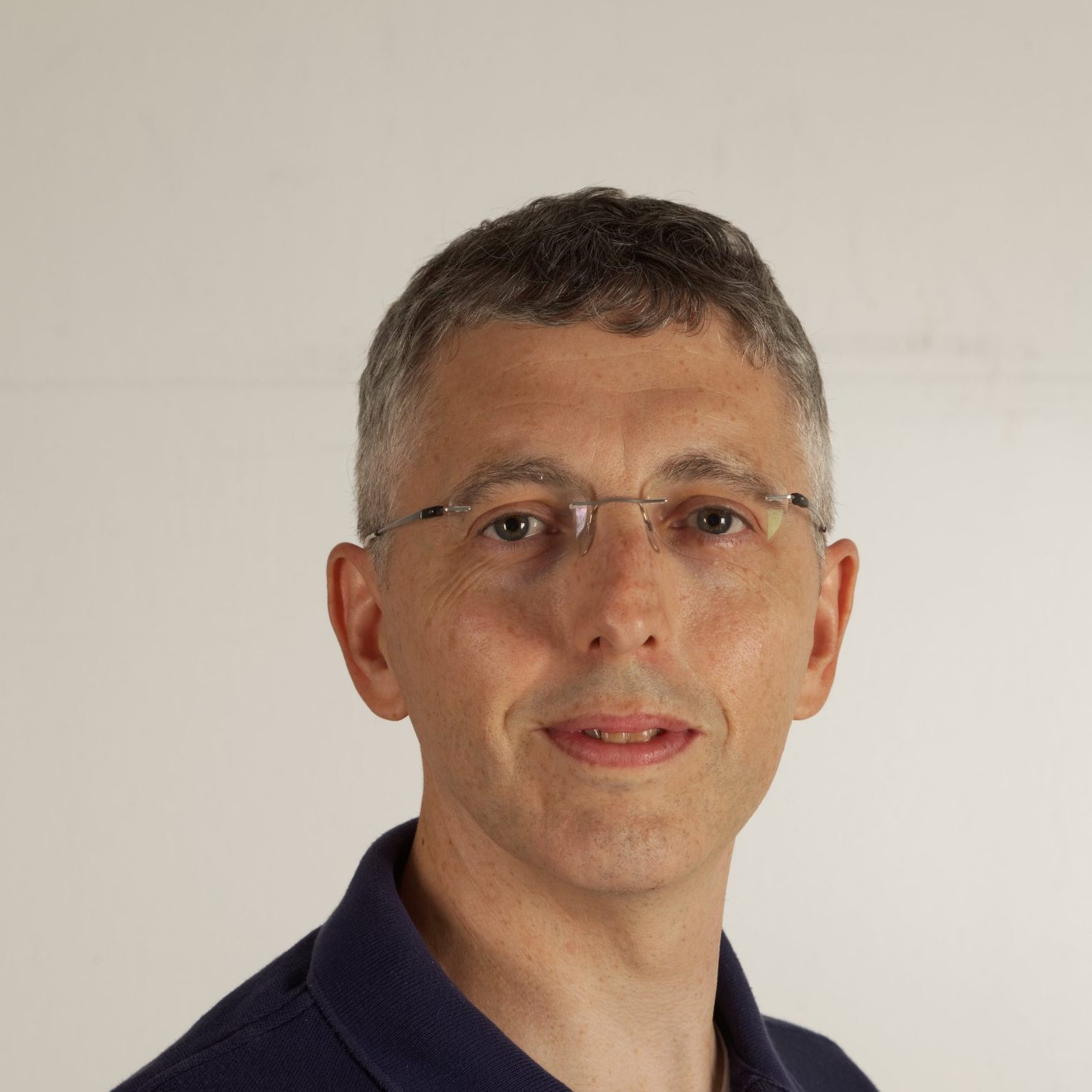
Luca Zavagno is a professor of Byzantine Studies at the Department of History and the Department of Archaeology at Bilkent University. He has recently published *The Routledge Companion to the Byzantine City* (co-edited with Nikolas Bakirtzis) and is currently working on his fourth monograph, *The Byzantine Insular Worlds between Late Antiquity and the Early Middle Ages (c. 600–c. 900)*, which will be published in 2025 by ARC Medieval Press.
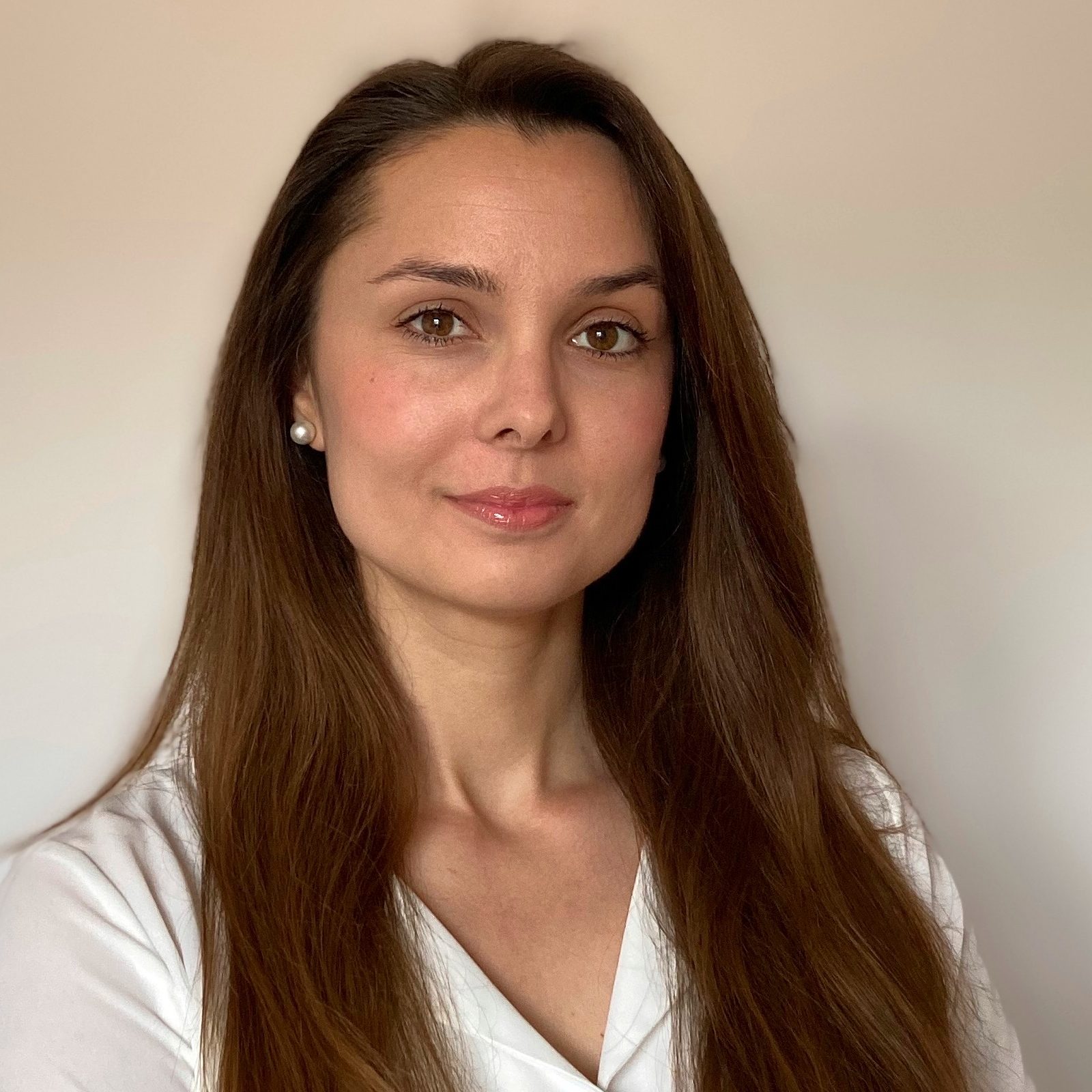
Kateryna Sorochan holds a History degree from V.N. Karazin Kharkiv National University (2011) and a PhD in History (2015). She was a senior lecturer at Karazin University (2015–2018) and is the director of the Italian-Ukrainian Academic Center at Karazin University (2015–2022). She is a Visiting Scholar at the Universities of Padua and Trieste.
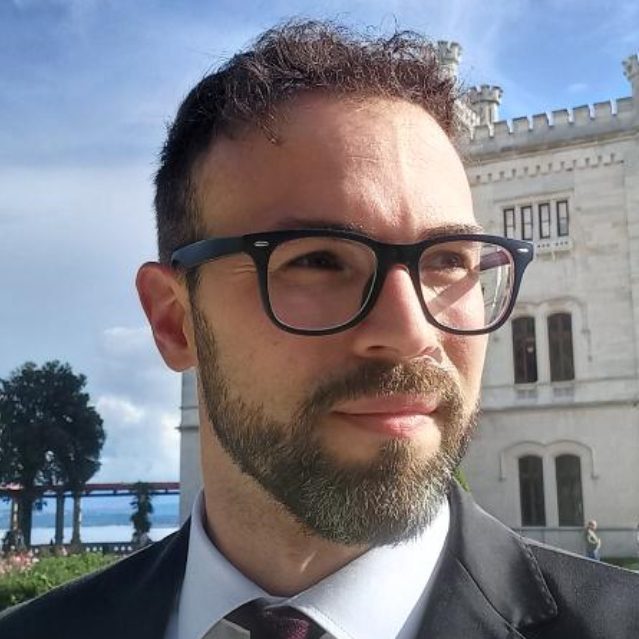
Giulio Carraro is a research fellow and expert in Numismatics at the University of Trieste. He is a Visiting Scholar at the *Inventar der Fundmünzen der Schweiz* in Bern and editor of the journal *ARCHEOLOGIA VENETA Journal of Ancient Studies on North-Eastern Italy*. He specializes in medieval numismatics, focusing on coin production and circulation in north-central Italy and central-eastern Europe.
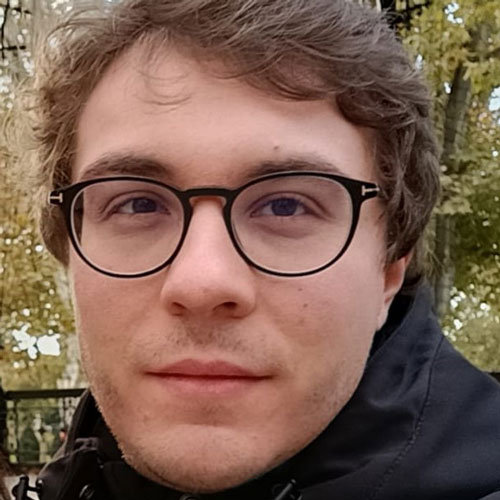
Cristiano Rossetti holds degrees in Classical Literature and Archaeology (University of Trieste and University of Udine). His current doctoral studies at the University of Venice-Trieste-Udine focus on archaeological evidence of Byzantine coins and seals in the Adriatic region.
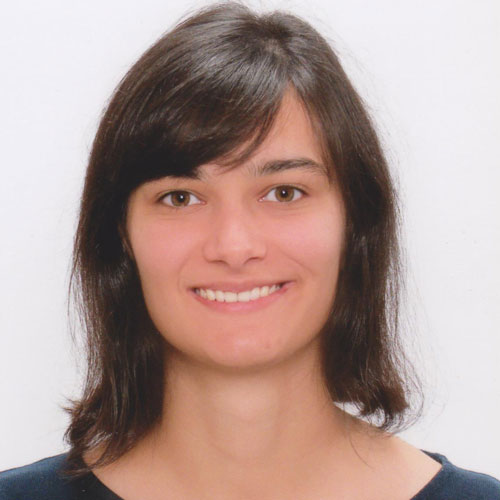
Erika Trbojević earned a Master of Archaeology and a Master of Art History Education from the University of Zagreb (2020). Since 2021, she has worked at the Archaeological Museum of Istria, specializing in the economic and monetary history of the Istrian Peninsula and Croatia, particularly the circulation of Roman and Byzantine coins in the region
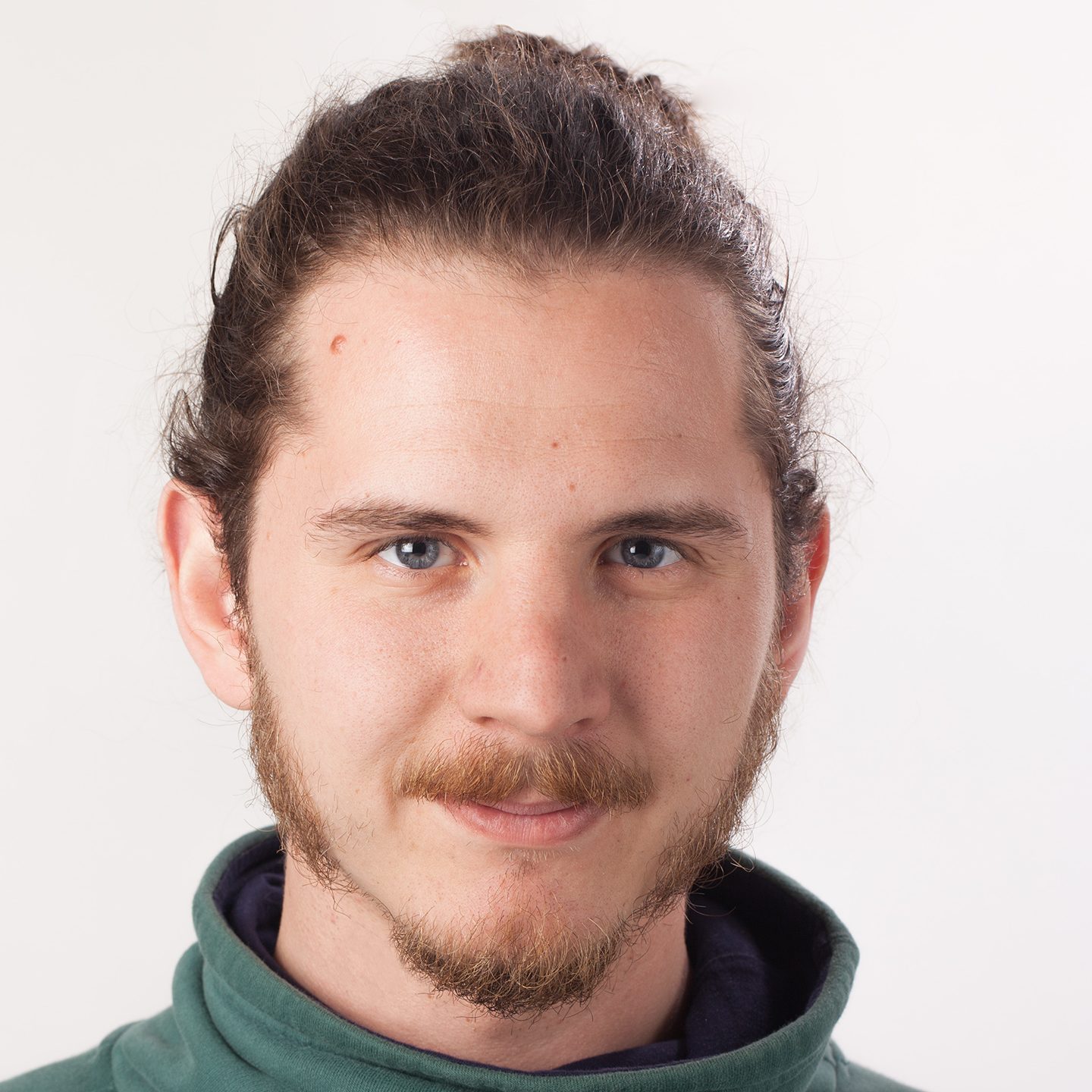
Vanja Macovaz is a photographer specializing in business management, workflow coordination, photographic and digitization campaigns, research and development of diagnostic techniques, and post-production for cultural heritage. He teaches digital photography and post-production applied to cultural heritage at public and private institutions.
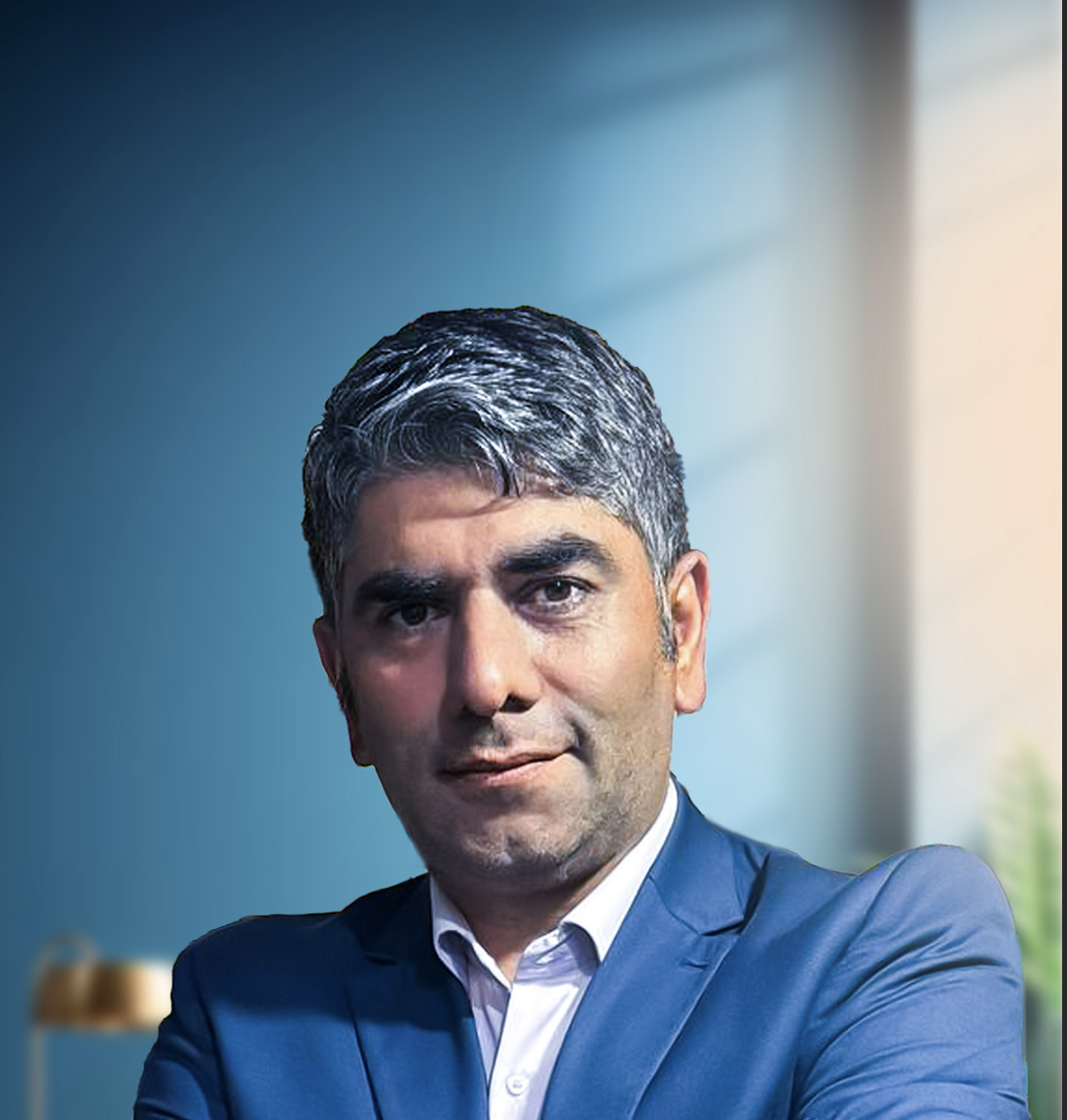
Hassan Kazemnezhandasl is an archaeologist and numismatics researcher specializing in Roman and Byzantine material culture. He has participated in numerous archaeological projects in Northwestern Iran, supervising excavations and leading fieldwork at sites such as Bakhtak Castle and Kaleibar Iron Age kurgans, where he discovered Byzantine coins. As the manager of Bastan Saze Azarbaijan Archaeological Company, he directs excavation and heritage preservation projects. His research focuses on coin iconography, mythological and animal motifs, and their social and symbolic meanings, and his findings have been published in several scholarly articles.

2017-2020 – Bachelor of History (Gescheidis) at Radboud University, Nijmegen Thesis subject: Representations of an usurper: Heraclius and the Byzantine imperial iconography (supervisor Prof. Dr. Olivier Hekster).
2020-2022 – Research Master – Historical, Literary, and Cultural Studies (HLCS) – Historical track – Cum Laude – Thesis subject: The attributes of the emperor: a gradual transformation (378 – 711) (Supervisor Prof. Dr. Olivier Hekster & Prof. Dr. Panagiotis Iossif). – Internship – Institute of Eastern Christianity (IVOC) – Investigating the conversion and reconversion of Byzantine churches in Thessaloniki (1430-1912).
2022 (Summer) – Student Assistant – Radboud University, Nijmegen – This project consisted of the building of a numismatic Open-Linked-Data database of early Italian (non-Roman) coinage (4th – 1st century BC) under the supervision of Dr. Marleen Termeer.
2023-present – Freelance Numismatic Expert (RCE project bronze hoard Southern Netherlands) – This project concerns the identification categorization, and interpretation a Dutch hoard find of over 5000 late Roman bronze coins found in the province of Limburg under the supervision of Dr. Liesbeth Claes.

As an archaeology major student who currently studies in Bilkent University, I have had the invaluable experience of attending to four diverse excavations of the Asia Minor, which concentrated on distinct time periods varying from the Bronze-age to Middle-age, namely the Labraunda, Sagalassos, Tatarlı Höyük and Ani.
My interest areas in the field of archaeology are emphatically comprised of the medieval archaeology and Numismatics.
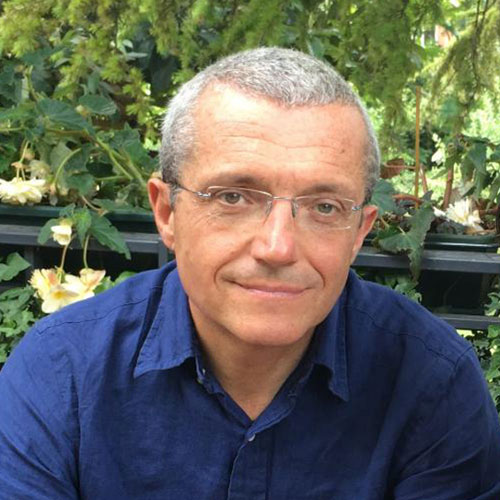
Giorgio is the Nomismata designer and administrator. After earning a degree in Philosophy from the University of Trieste, he worked forty years in the IT sector in various national and multinational companies. He retired in 2020 and, in 2023 obtained a master’s degree in History under the supervision of Bruno Callegher and Cécile Morrisson. Nomismata was the subject of his master thesis.
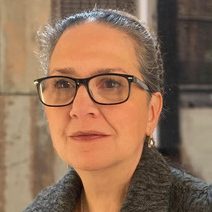
Pamela Theodotou is a filmmaker and performed the technical editing of the Nomismata web videos. Her interest in the project stemmed from bringing her family’s Byzantine coin collection to Princeton University. She is also a notable collector of Byzantine glass weights in her own right. Pamela lives and works in the US as a litigation attorney with the firm Baker Hostetler.
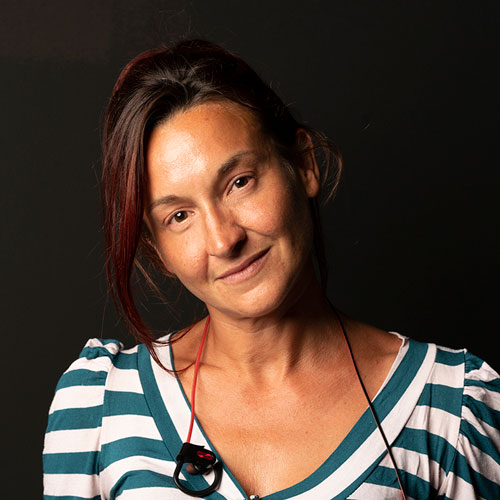
Journalist and communication expert, she covers culture, current affairs, science, and economics for local and national publications, including *Il Piccolo* of Trieste. She also contributes to *Le Guide di Repubblica* on cultural and food and wine topics.

He is the head of the Digital Archives and Library Support Unit at the University of Trieste. For over 18 years, he has been responsible for the University’s institutional archive, managing the IT repository. His primary focus is on Open Archives and DSpace-CRIS/GLAM infrastructures. He has a strong interest in Open Science and is actively involved in the DSpace community, presenting at various international conferences.
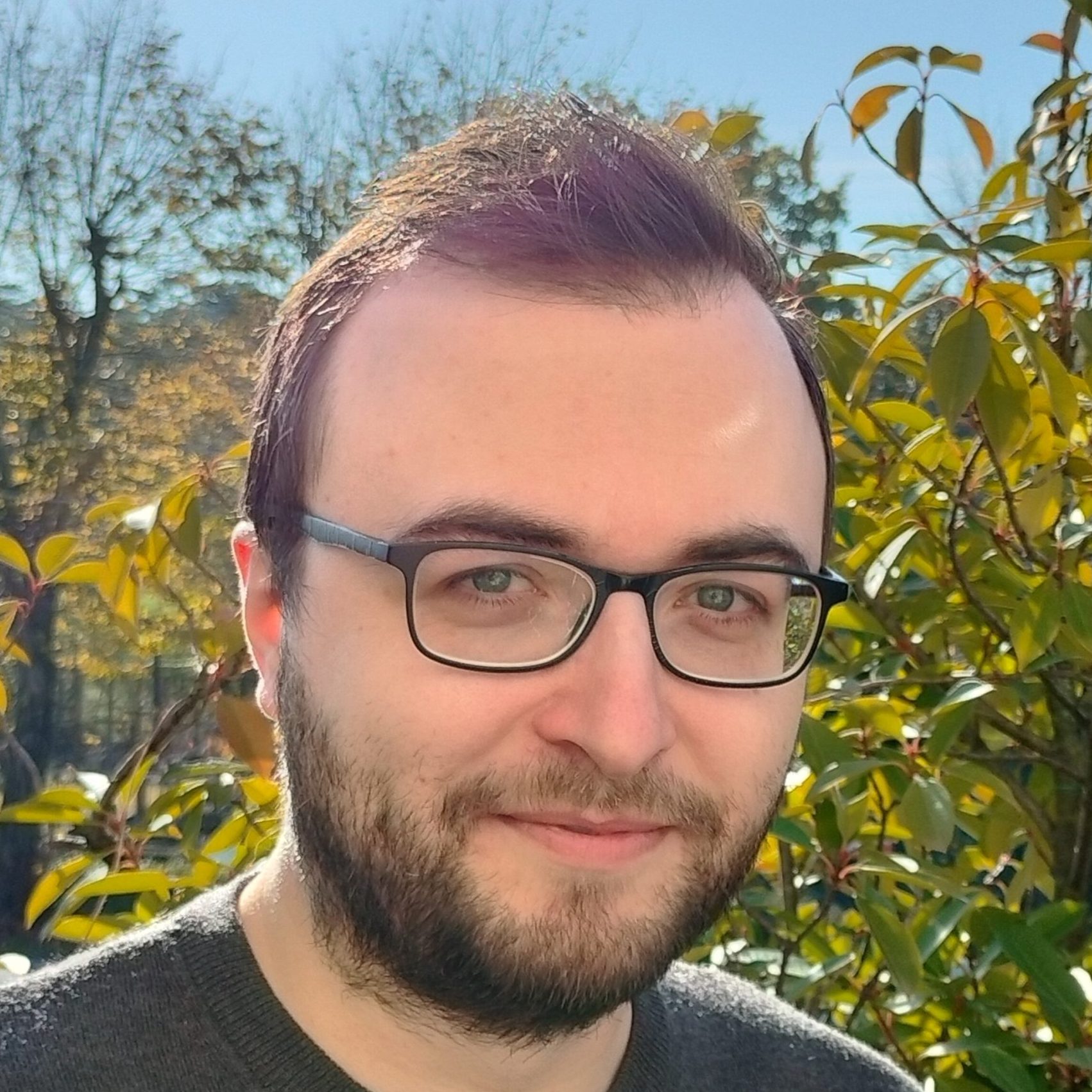
Davide is an IT technician belonging to the Digital Archives and Library Support Staff Unit. He holds a Higher Technician Diploma in the technical-health field. He provides IT support to the library sector and collaborates in the management of the University Institutional Archives. He is also involved in Cloud-related tasks and the deployment of related services.